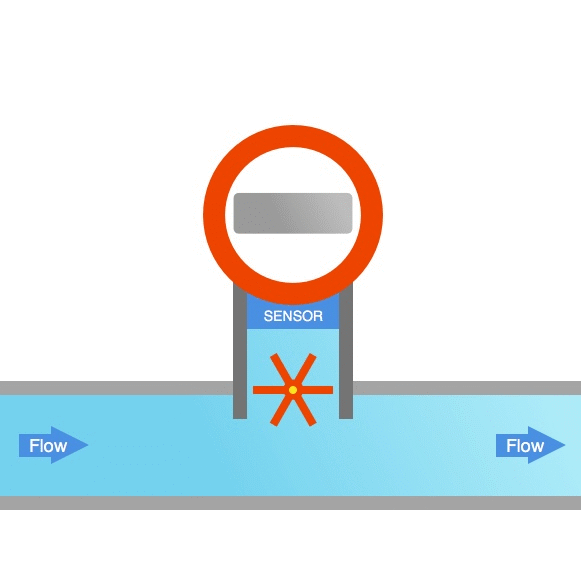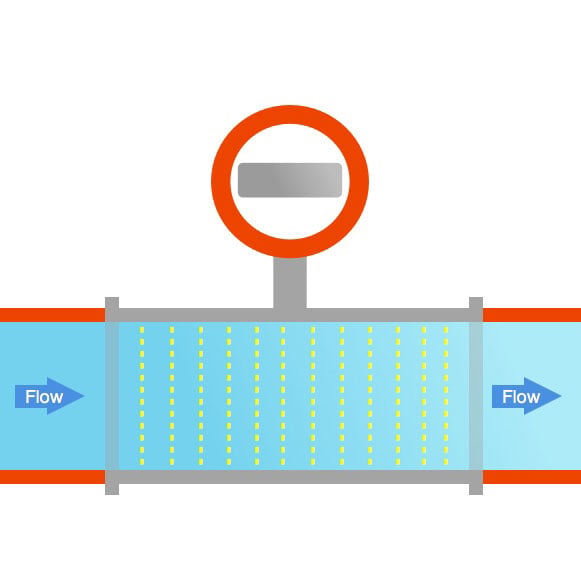With the increase in Water consumption in all areas, it is a critical time for governments to promote effective and responsible water use, treatment, and disposal. In most countries, wastewater laws have been implemented, laying the foundation for sustainable wastewater management. Other countries, however, legislation is slow and complicated. Regulations are complicated and there is often a geographical division, for example EU regulations vrs State level regulations. Other types of regulations include:
◩ Regulation regarding water supply and environmental protection
◪ Regulations regarding the quality of sewage sludge
◩ Chemicals regulations -Waste regulations
◪ Regulations and standards on specific industrial field
However, with all the challenges that come with effective regulation and water management, there are numerous success stories which are setting the foundations and future trends for global change.
The National Cases of Wastewater Treatment
➤ Australia - National Water Plan
The Australian government launched a plan in 2004 to build the world's largest lagoon wastewater treatment plant in Melbourne, Australia, aimed at ensuring the sustainable management of Australia's water resources in the future.
Covering an area of 1,200 hectares, the plant will use a lagoon system to treat wastewater. Lagoons are shallow ponds populated with various plants and algae. These plants and algae help remove pollutants from the wastewater, turning it into reusable water.
The plant will be capable of treating 150 billion liters of wastewater per day, which is equivalent to half of the current daily wastewater production in Melbourne. The treated wastewater will be used for irrigation, industrial purposes, and environmental protection.
The construction of this wastewater treatment plant will help protect and improve Australia's water quality, increase the efficiency of Australia's water resource utilization, and address climate change.
➤ Singapore's Water Resource Management
Singapore has achieved globally recognized successes in water resource management. As a country lacking in water resources, with a total land area of just 719 square kilometers and an average annual rainfall of 2,368 millimeters, Singapore faces significant challenges. The majority of the rainfall is concentrated in the rainy season, with high levels of evaporation, leading to a long-term severe shortage of water resources.
To address the shortage, the Singapore government has implemented a series of measures including:
• Innovative Political Vision: The government regards water resource security as a critical component of national security and has developed a long-term strategy for water resource development.
• Substantial Investments: Significant funds have been allocated to the development and construction of water resource infrastructure.
• Institutional Restructuring: A dedicated water resource management agency was established, enhancing cooperation between various government departments and the private sector.
• Public Policies: A range of public policies on water resource management have been introduced, such as water pricing reform and water-saving education campaigns.
• Effective Legislation: Laws and regulations have been enacted to protect and manage water resources.
• Public Participation and Collaboration: The government actively encourages public involvement in water resource management, achieving positive outcomes.
The success of Singapore's water resource management is evident in several key aspects:
• Increased Efficiency in Water Use: Water consumption has decreased by 30% over the past 30 years.
• Improved Water Quality: The quality of Singapore's water supply meets the World Health Organization's standards.
• Secured Water Resources: Singapore is equipped to handle various water resource challenges, such as droughts and floods.
➤ The Matanza-Riachuelo Basin Plan in Argentina
The environmental pollution in the Matanza-Riachuelo Basin has been a severe issue, with water pollution primarily resulting from industrial wastewater being discharged into the river without treatment, leading to significant river pollution. Additionally, insufficient sewage treatment capacity has led to sewage overflows, further polluting the river.
To address the water pollution in the Matanza-Riachuelo Basin, the Argentine government launched the Matanza-Riachuelo Basin Plan in 2006. This plan aims to improve the water quality and environmental conditions of the area.
The plan includes the following measures:
• Construction of Sewage Treatment Plants: The Argentine government will invest in building new sewage treatment plants and enhance the processing capacity of existing plants.
• Control of Industrial Pollution: Stricter pollution control measures will be implemented for industrial enterprises.
• Improvement in Environmental Education: The government will strengthen environmental education to raise public awareness of environmental protection.
The implementation of the plan has achieved certain results. According to data from the Argentine government, the level of river pollution in the Matanza-Riachuelo Basin has decreased. However, the implementation of the plan also faces some challenges, including:
• Lack of Funding: The implementation of the plan requires substantial funding, and the financial situation of the Argentine government is not ideal.
• Social Resistance: Some industrial enterprises oppose the government's pollution control measures, arguing that these measures will increase their production costs.
• Despite these challenges, the Matanza-Riachuelo Basin Plan remains an important initiative by the Argentine government to address water pollution issues.
These cases highlight that with the right procedures and processes, the implementation of wastewater legislation, wastewater management infrastructure, and innovative financial mechanisms, they can provide a much needed foundation for sustainable wastewater management.
For these cases above, flow measurement technologies are critical to effective wastewater treatment. As a professional flow meter manufacturer, LORRIC’s task is to fulfill our corporate responsibility by developing and manufacturing flow meter equipment that can be more accurately monitored and installed.
How to properly select a flow meter suitable for wastewater treatment monitoring?
➤ Comparison of flow meters with various principle
Flow meters are crucial instruments in wastewater treatment plants, used for measuring the flow of wastewater. Accurate measurements by flow meters are essential for ensuring the normal operation of wastewater treatment plants and effective control.
When selecting flow meters for wastewater treatment monitoring, the following factors need to be considered:
• Flow Range: The measurement range of the flow meter should cover the maximum and minimum flow rates of the wastewater.
• Accuracy: The accuracy of the flow meter should meet the monitoring requirements of wastewater treatment.
• Corrosion Resistance: The flow meter should be resistant to corrosion by corrosive substances in the wastewater.
• Ease of Maintenance: The flow meter should be easy to maintain and clean.
|
Variable Area |
Paddle Wheel |
Non-invasive Ultrasonic |
|

|

|

|
| Pressure loss |
Low |
Middle |
No  |
| Non-invasive install |
No |
No |
Yes  |
|
Precision
|
Low |
Middle |
High  |
| Bidirectional flow detectable |
No |
Yes  |
Yes  |
| Cumulative flow measurement |
No |
Yes  |
Yes  |
| Anti-impurity |
Low |
Lowest |
Middle  |
| Applicable fluid |
Air/ Liquid  |
Liquid |
Liquid |
| Cost |
Lowest-costs in small diameter pipe 
Cost increases with pipe diameter.
|
Low-costs
Cost increases with pipe diameter/
|
Middle-costs
Cost does not increase with pipe diameter/
|
How to choose proper flowmeters to meet your needs?
Here are some recommendations for selecting flow meters:
• For applications with a large flow range and high accuracy requirements, electromagnetic flow meters or ultrasonic flow meters are recommended.
• For applications with a small flow range and lower accuracy requirements, differential pressure flow meters can be selected.
• For wastewater with strong corrosiveness, flow meters made of corrosion-resistant materials should be chosen.